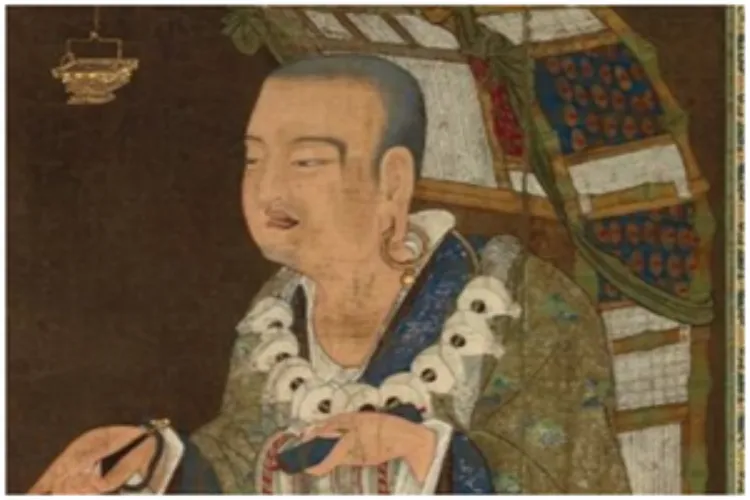New Delhi
Only 10% of the ancient Chinese traveler Hiuen Tsang's travelogue, which provides an eyewitness account of India in the time of Harsha Vardhan (the wandering Buddhist scholar who was here between 630 and 645 AD), has been discovered so far.
This opens up endless possibilities for researchers around the world to stumble upon unseen remains of manuscripts in libraries and collections, which is exactly what is being explored at a two-day conference titled “Asia in Motion: The History of Mobility and the Making of Asia.” At the India International Center (IIC) in New Delhi on February 22 and 24.
One of the focuses in this movement of saints and scholars and the mingling of traditions and cultures in the ancient world was Gautama Buddha, which is why one of the main focus areas of the conference will be his life and times.
In order to understand Buddha's contribution to the unification of Asia, the International Commission of Inquiry invited a group of scholars from around the world to shed light on this topic.
Prominent among these is Dr. Karan Singh, whose family ruled Kashmir, one of the main centers of this intellectual exchange; Author William Dalrymple, and distinguished historian Sanjay Subramaniam, now also known as the brother of External Affairs Minister S. Jaishankar, Dr. Navina Najat Haider of the Metropolitan Museum of Art in New York, and a group of Russian and Central Asian scholars.
“We are looking into several Indian manuscripts that now exist only abroad,” explained Shyam Saran, head of the International Commission of Inquiry and a former foreign minister. “Many valuable manuscripts have disappeared from India, but are available in other countries. Whether they are in Sanskrit or other Indian scripts, they are actually stored in other countries.”
He said in a press conference that the conference is a first step towards the International Islamic Center obtaining digital copies of these manuscripts that are no longer available in India, but it sheds new light on the Buddha as well as the travels of Buddhism and Buddhist scholars to India. And from India.
Discussing the conference's philosophy, Shyam Saran noted: “There is sometimes an argument that the term 'Asia' did not actually originate from Asia, but is a Western concept. Is 'Asia' an artificial entity? Does it have its own personality?” “Or a clear identity? Are there strong relationships between Asian countries that have influenced each other? These are some of the questions this conference will examine.”
The idea is to pick up threads from the accounts of travelers who not only visited India but also traveled through other Asian countries and left behind interesting accounts of their travels, he said.
Shyam Saran continued this observation: “These may be Chinese pilgrims who came to India to collect Buddhist scriptures. These may be adventurers who were seeking a career in Asian countries. These may be merchants who sailed across Asia in search of markets.” “These may be people who came with invading armies and left behind accounts of the places they visited. We are looking at all of these accounts.”
Scholars invited to attend the conference will look at these narratives left by ancient pilgrims, scholars and adventurers, and look at the idea of Asia through their eyes.

